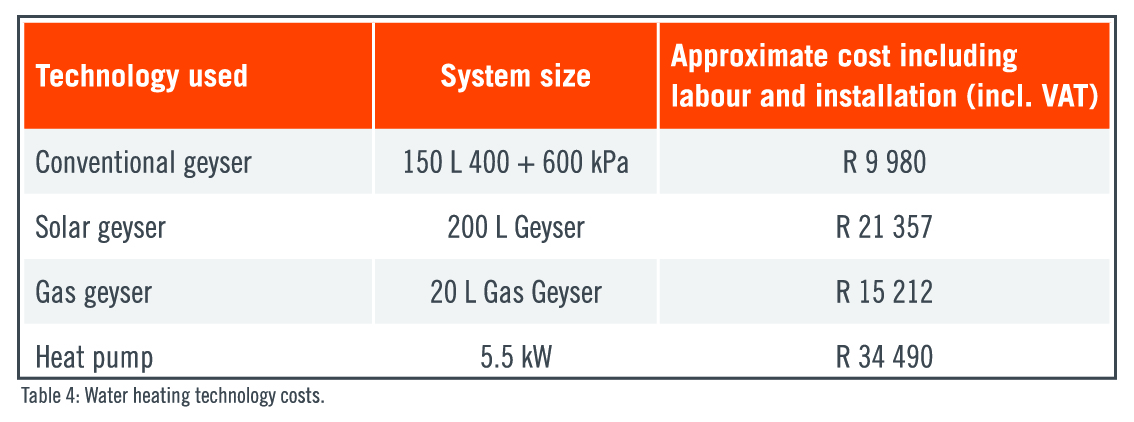STAY ALERT, STAY SAFE!
For a smooth and stress-free experience, always verify SA Home Loans branch and consultant details here on our official website. Remember, we’ll never ask for any fees or monies to be paid upfront.
Try Hot Water Alternatives To Use Less Electricity And Chill Your Energy Bill
Our previous article demonstrated how the latest light bulbs can save energy on your monthly electricity bill in this article, things start heating up again.
Hot water is the single most expensive commodity in the home when it comes to energy. On average, 40% of our household energy consumption is for hot water.
Let’s look at different energy-saving technologies to see which will give the best savings.
- Heat pumps
Research has shown that heat pumps are far more efficient at heating water than your traditional geyser, gas geysers or solar geysers.
The reason for a heat pump’s efficiency is, that whereas a geyser uses three units of energy to produce three units of heat energy, a heat pump can convert one unit of energy into four units of heat energy. Although the most expensive option to install, it is possible to save between 60 -75% of hot water costs when compared to a standard geyser.
- Solar geysers
Solar geysers use radiation from the sun to generate heat. The size of the panel or collection tubes will determine the quantity of energy harnessed from the sun.
For example, if a 3m² solar panel is connected to a 150 L geyser, it can provide 150 L of 60° C water by the end of a warm sunny day.
The downsides are that sunshine can be inconsistent and the water is not always hot at the times when you need it.
Cost comparison of alternative water heating systems
A cost comparison of the different water heating technologies shows that heat pumps are a medium-term investment Compared with a conventional geyser, buying and installing a heat pump is more expensive. Over the medium term, however, the savings from the lower electricity usage will bring a better return on investment. You will see consumption savings from the first day of installation.

Tips to save electricity on your hot water system:
- Insulate your geyser
- Set your thermostat to 60° C
- Install your geyser close to your bathroom
For a personalised energy-saving plan, it’s worth calling in an expert company that specialises in energy audits. After analysing your consumption, they can provide you with a list of energy-saving opportunities.
We hope you have now learned more about how to reduce your home’s energy consumption over the past two weeks. In the next article, we focus on an even more precious resource - water. Go to our next article to learn about harvesting your own rainwater.
Ready to invest in a power or water saving solution for your home? If you’re an SA Home Loans client, we'll help you finance it through your home loan.
